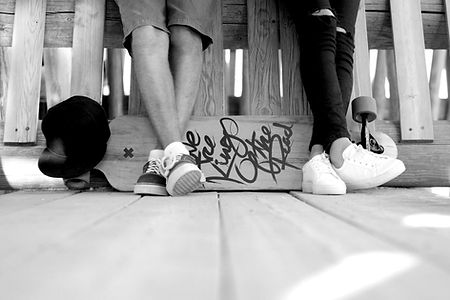
01
INFORMATION
02
INTERVENTION
03
PREVENTION
04
RECOVERY

What is bullying
Bullying is a form of aggression where there is a power imbalance; the person doing the bullying has power over the person being victimized. In additional to any physical trauma incurred, bullying can result in serious emotional problems, including anxiety, low self-esteem, or depression.
Parent & Teacher
Bullying is a form of aggression where there is a power imbalance; the person doing the bullying has power over the person being victimized. In additional to any physical trauma incurred, bullying can result in serious emotional problems, including anxiety, low self-esteem, or depression.

Who is Affected?
While bullying affects so many people physically, emotionally and mentally, we know there are many students, parents, schools and community members that want to know what they can do to help. Every contribution, whether it’s joining us in wearing pink on February to show you’re taking a stand, or making an effort to practice kindness and acceptance, or even giving a donation or fundraising for programs that make a difference, can change a life.


Support of Youth
Bullying isn’t just a part of growing up – it’s overwhelming, hurtful, and can make people feel alone. It can affect learning, friendships, and most importantly, physical and emotional health. If you are a victim of bullying, reach out for help. Talk to a parent, teacher, or friend. Do you have a friend who is being bullied? Let them know they’re not alone, and speak out. Most bullying incidents stop within 10 seconds if a bystander intervenes. Need tips? Take a look at the information below.

More Forms
Bullying and harassment are similar, yet different:
-
Harassment is similar to bullying because someone hurts another person through cruel, offensive and insulting behaviours.
-
Harassment is different from bullying in that it is
Discrimination is treating someone differently or poorly based on certain characteristics or differences. Bullying turns into harassment when the behaviour goes against Canada’s Human Rights Laws and focuses on treating people differently because of:
-
Age
-
Race (skin colour, facial features)
-
Ethnicity (culture, where they live, how they live, how they dress)
-
Religion (religious beliefs)
-
Family status (if they are from a simingly, adopted family, step family, foster family, non-biological gay or lesbian parent family)
-
Marital status (if they are single, legally married, common-law spouse, widowed, or divorced)
-
Physical and mental disability (if they have a mental illness, learning disability, use a wheelchair)